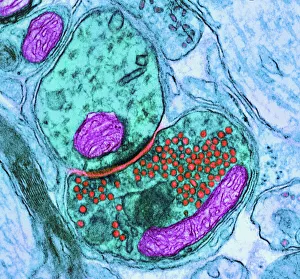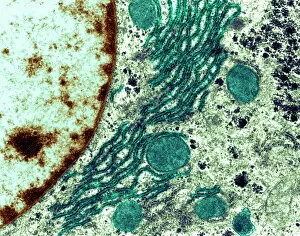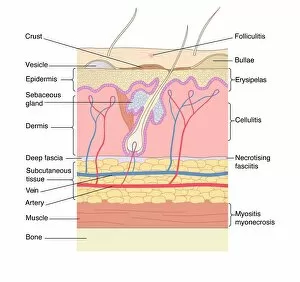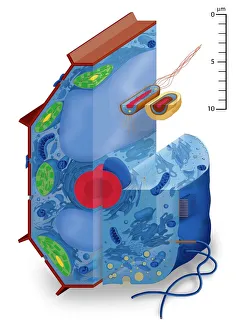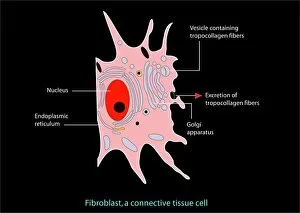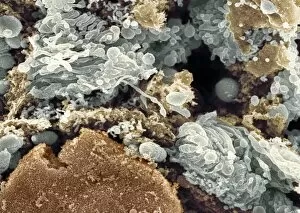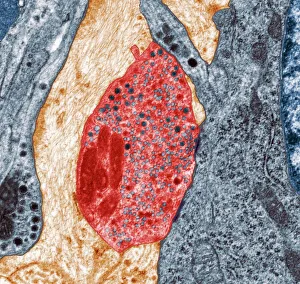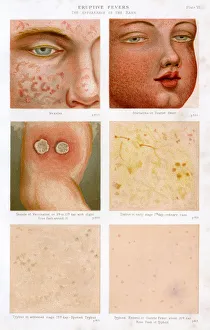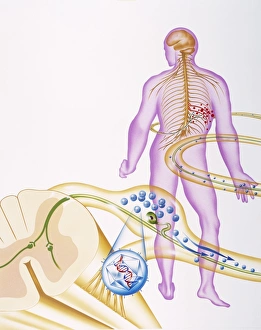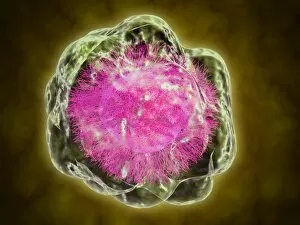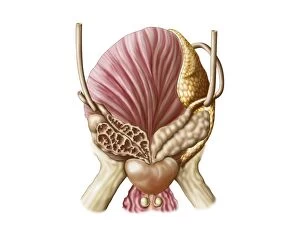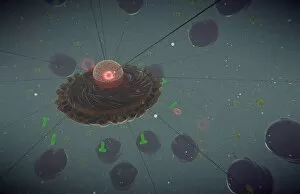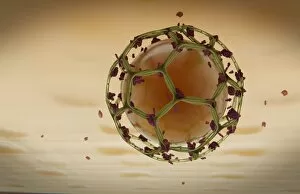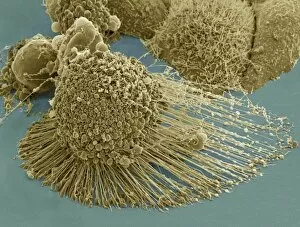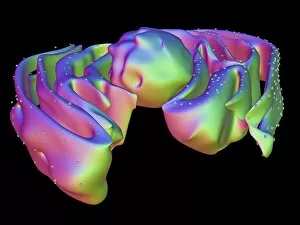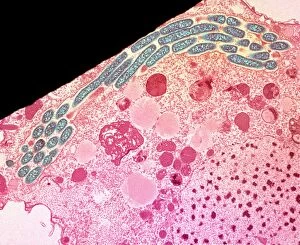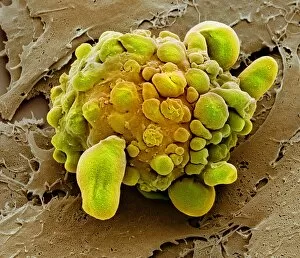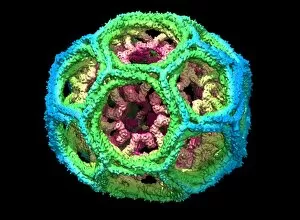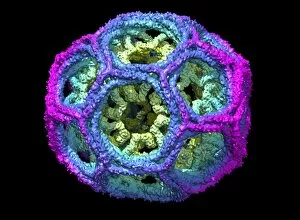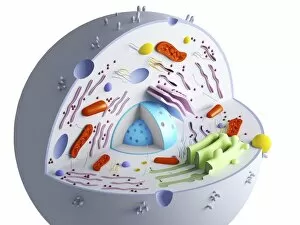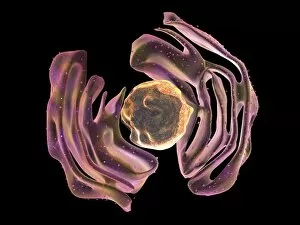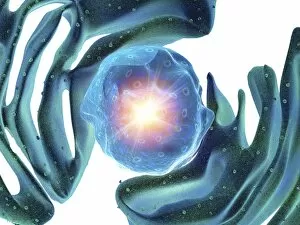Vesicle Collection
"Exploring the Intricate World of Vesicles: Unveiling Cellular Secrets" Synapse nerve junction
All Professionally Made to Order for Quick Shipping
"Exploring the Intricate World of Vesicles: Unveiling Cellular Secrets" Synapse nerve junction, TEM: Witnessing the intricate communication between neurons at a synapse nerve junction through the lens of a transmission electron microscope (TEM). Rough endoplasmic reticulum, TEM: Peering into the rough endoplasmic reticulum within cells, revealing its role in protein synthesis and transport as captured by a transmission electron microscope (TEM). Skin disorders, artwork: Artistic representation showcasing various skin disorders that involve vesicle formation, highlighting their impact on human health and well-being. Cell types, artwork: A captivating artwork depicting different cell types where vesicles play crucial roles in cellular processes such as secretion and intracellular transport. Golgi apparatus, SEM: Exploring the intricacies of the Golgi apparatus using scanning electron microscopy (SEM), unraveling its vital function in modifying and packaging proteins within vesicles. Nerve synapse, TEM: Delving deep into the mesmerizing world of nerve synapses through high-resolution images obtained from a transmission electron microscope (TEM), shedding light on how vesicles facilitate neurotransmitter release. Fibroblast cell, artwork: An artistic portrayal capturing fibroblast cells involved in wound healing and collagen production while emphasizing their involvement with vesicular transport mechanisms. Development of Tadpole (engraving): A historical engraving illustrating tadpole development stages where they are instrumental in metamorphosis progression from aquatic to terrestrial lifeforms. Bladderwrack - Fucus vesiculosus: Discovering bladderwrack seaweed species like Fucus vesiculosus known for its distinctive air-filled reproductive structures called "vesicles, " which aid buoyancy and reproduction. Eruptive fevers - Colour litho & Plate 6 engraving .

